The Twelve-Year-Old Jesus in the Temple with the Scholars
Max Liebermann
1879
Image
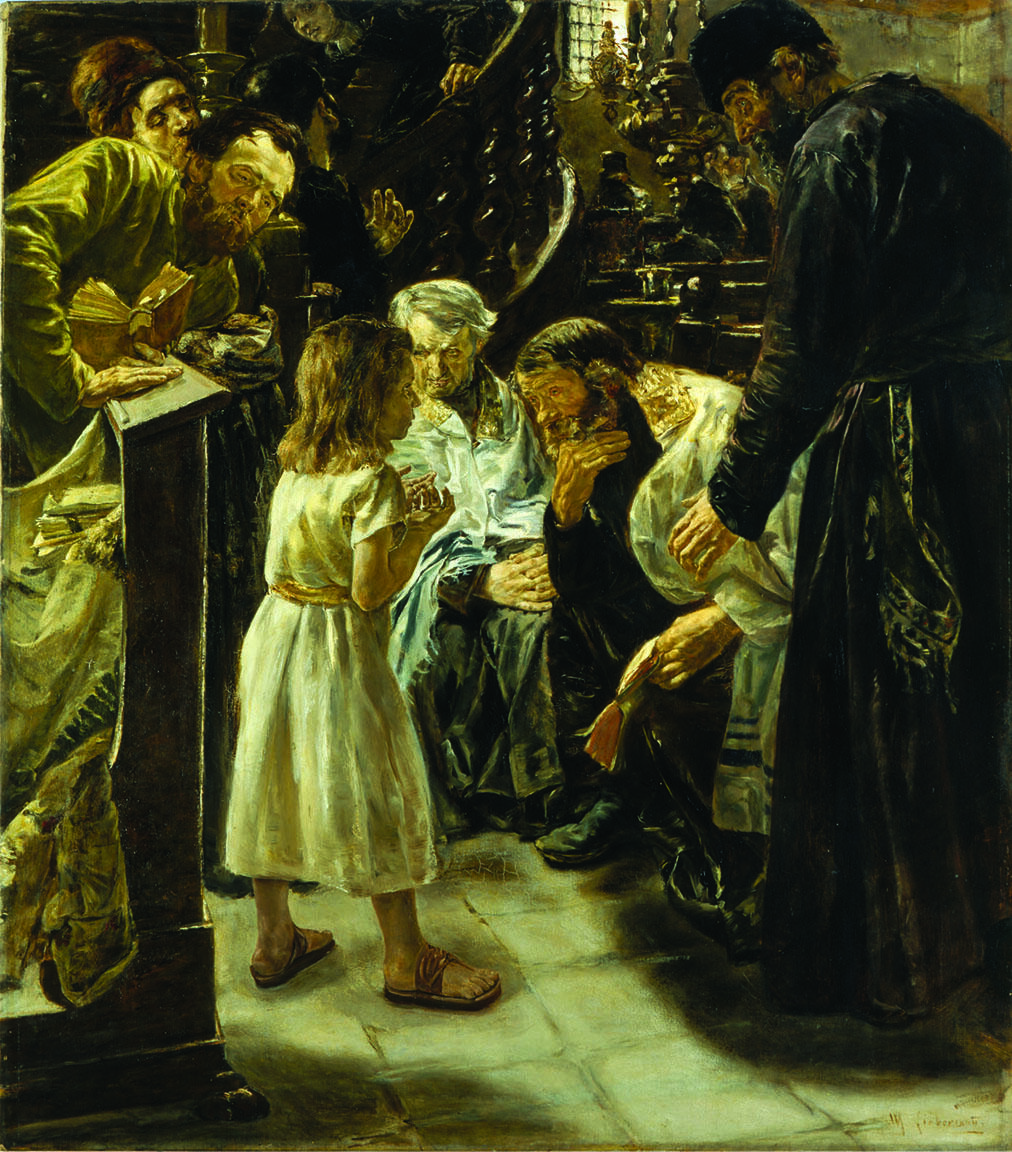
Engage with this Source
Creator Bio
Max Liebermann
1847–1935
Max Liebermann, the son of a wealthy Berlin Jewish family, was a dominant figure in the German art world in the late-Imperial- and Weimar periods. He initially painted Dutch peasants in a realist style, then led the antiestablishment naturalist movement in the 1880s and 1890s, and, after 1895, worked for many years in an impressionist style. He was famous for his portraits and his scenes of bourgeois life. Liebermann helped found and served as the president of the progressive Berlin Secession from 1898 to 1910 and was president of the Prussian Academy of Arts from 1920 until Hitler’s rise to power in 1933, when Liebermann was forced to resign his position.
Restricted
Image
Places:
Munich, Germany
You may also like
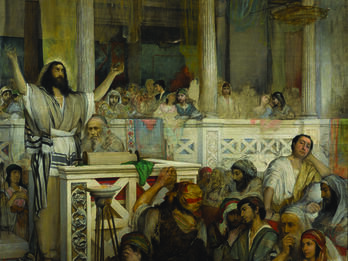
Christ Preaching at Capernaum
Maurycy Gottlieb saw his art as essential to his universalist vision, namely, as a way to improve Polish-Jewish relations. As he said, “I am a Jew and a Pole and, God willing, I want to serve both.”…

Return of the Prodigal Son
The Christian parable of the prodigal son, from Luke 15:11–12, was a favorite subject of artists from the seventeenth through the nineteenth century. A son squanders his inheritance and is reduced to…
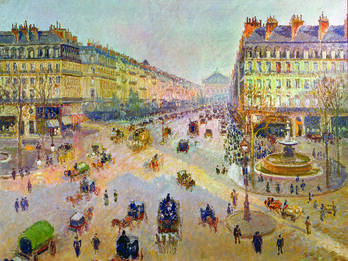
The Avenue de l’Opéra, Sunlight, Winter Morning
In late 1897, Camille Pissarro, the noted impressionist artist, known for his many landscapes and cityscapes, came to Paris and rented a room in the Hôtel du Louvre, which gave him a good view of the…
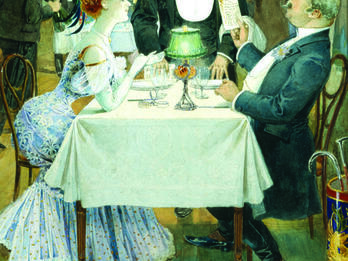
At the Restaurant
Though Benjamin-Eugène Fichel is better known for his historical paintings set in the eighteenth century, in this painting he documents modernity itself. Here a wealthy couple orders a meal in a…
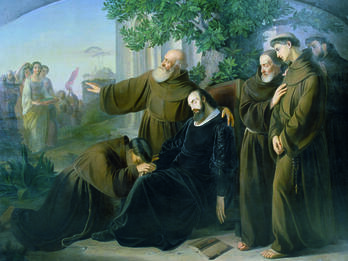
The Death of Tasso
One of Friedrich Friedländer’s best-known paintings, The Death of Tasso, depicts the death of the Italian poet Torquato Tasso (1544–1595). Tasso was famous for his epic poem, La Gerusalemme liberate (…

Drawings Published in Harper’s
An illustration for the monthly magazine Harper’s, The Thirty-Second Indiana Regiment (Colonel Willich) Building Pontoons in Kentucky was likely drawn by Henry Mosler during the Civil War. Engravings…

